In a world where mysteries of the human brain continuously puzzle scientists, a groundbreaking discovery might just light the path towards understanding and treating certain neurodegenerative diseases. Let's begin with an inspiring tale of discovery that promises hope and healing for many.
iN SUMMARY
- 🧠 Scientists have identified a key mechanism behind harmful brain cell clumps linked to diseases like ALS and Huntington’s.
- 🔬 Through special proteins and custom-designed RNA, researchers can prevent and even dissolve these clumps.
- 🔍 This discovery provides a significant insight into how these clumps form and linger within brain cells.
- ✨ The potential therapies emerging from this research could lead to innovative treatments for serious brain disorders.
According to Science Daily, scientists have unearthed an important piece of the puzzle, shedding light on how harmful clumps inside brain cells form. These clumps, linked to conditions such as Amyotrophic Lateral Sclerosis (ALS) and Huntington’s disease, develop within liquid-like droplets in cells. These droplets are akin to tiny puddles where harmful RNA tangles can persist, lingering long after their environment has disappeared.
Understanding the Formation of Brain Cell Clumps
The story of these clumps begins deep within our cells. Inside, the nucleus—much like a bustling city—coordinates innumerable activities essential for life. One such activity involves RNA molecules, the messengers that carry instructions from DNA for controlling the synthesis of proteins. But what happens when these messages get tangled?
Research, as reported by Science Daily, shows that some RNA strands form sticky clumps. These tangles are particularly problematic because they can be the starting point for several neurodegenerative diseases. It's like trying to read a book where the pages are glued together—vital information gets lost.
A Promising Breakthrough: Dissolving the Clumps
The real breakthrough, however, comes with the discovery of potential solutions. By introducing a special protein and a custom-designed RNA piece, scientists found a way to both stop clumps from forming and dissolve existing ones. This process is akin to applying a solvent to break down glue, freeing up the pages for reading again.
Key Components in the Process
- Special Protein: Acts like a molecular chaperone, preventing the RNA from sticking together.
- Custom-Designed RNA: Tailored to target and dissolve specific clumps.
This finding opens doors to new therapeutic strategies, potentially leading to treatments for diseases that currently have no cure. Researchers are optimistic, seeing these techniques turning into therapies that may one day stop these diseases in their tracks.
Beyond the Lab: Hope for the Future
While these discoveries are rooted in science, they paint a picture of hope on a broader canvas. With further research and development, these techniques might extend beyond ALS and Huntington's, offering solutions for a wider range of neurodegenerative conditions.
Could this mean a future where those with these conditions can look forward to better days without the fear of cognitive decline? Cities like Toronto and Vancouver have already started citing these advances in their local health news spreads, bringing the hope of progress directly to people who need it most.
Tangible Impact and Looking Forward
What does this mean for the everyday person? It suggests a future where prevention and treatment of these conditions are within reach. By demystifying the science, researchers encourage cities worldwide to incorporate health education into community programs, fostering a society better equipped to combat such ailments.
- Dallas's health initiatives are already embracing educational programs for those affected by these diseases.
- London experts are eagerly watching these developments, hoping to integrate new findings into service offerings.
Excitingly, these efforts illustrate the unyielding human spirit's commitment to tackling these diseases head-on. How can communities support such efforts? By staying informed, engaging with local health initiatives, and supporting research through various channels, including participation in community health drives and education sessions.
Ultimately, these scientific strides offer a newfound hope. Could we see a day where brain disorders no longer dictate people's futures? The answer might be closer than we think.
We invite you to reflect on these possibilities and share your thoughts. How do you feel about the advances being made in this area? Join our community at the "Shining City on the Web" and become a part of the conversation.
Remember, the journey to curing these complex diseases can't be walked alone. We must share the knowledge, celebrate achievements, and set our sights on a healthier future. Hope might sound like a whisper today, but with collective effort, it could roar like a lion tomorrow.
Disclaimer: This article may contain affiliate links. If you click on these links and make a purchase, we may receive a commission at no additional cost to you. Our recommendations and reviews are always independent and objective, aiming to provide you with the best information and resources.
Get Exclusive Stories, Photos, Art & Offers - Subscribe Today!
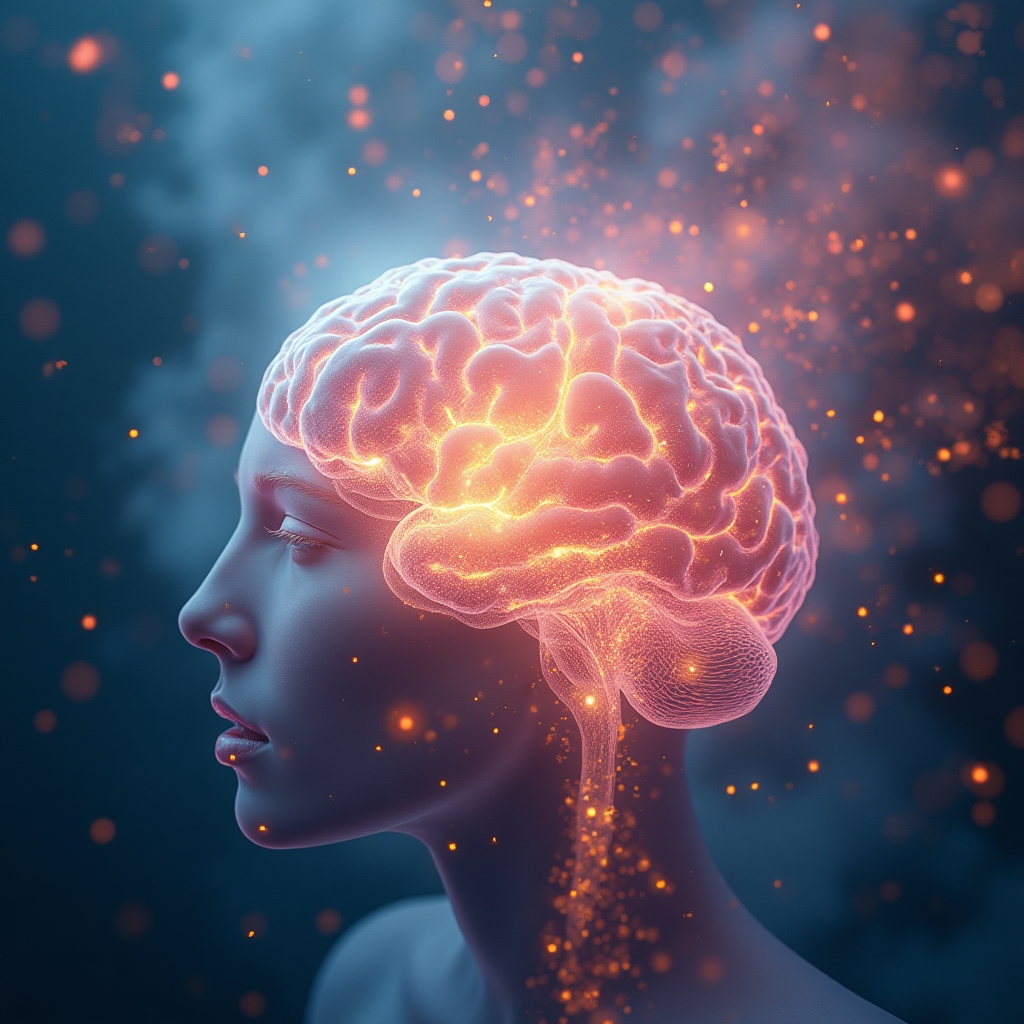
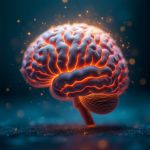



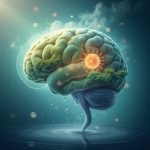

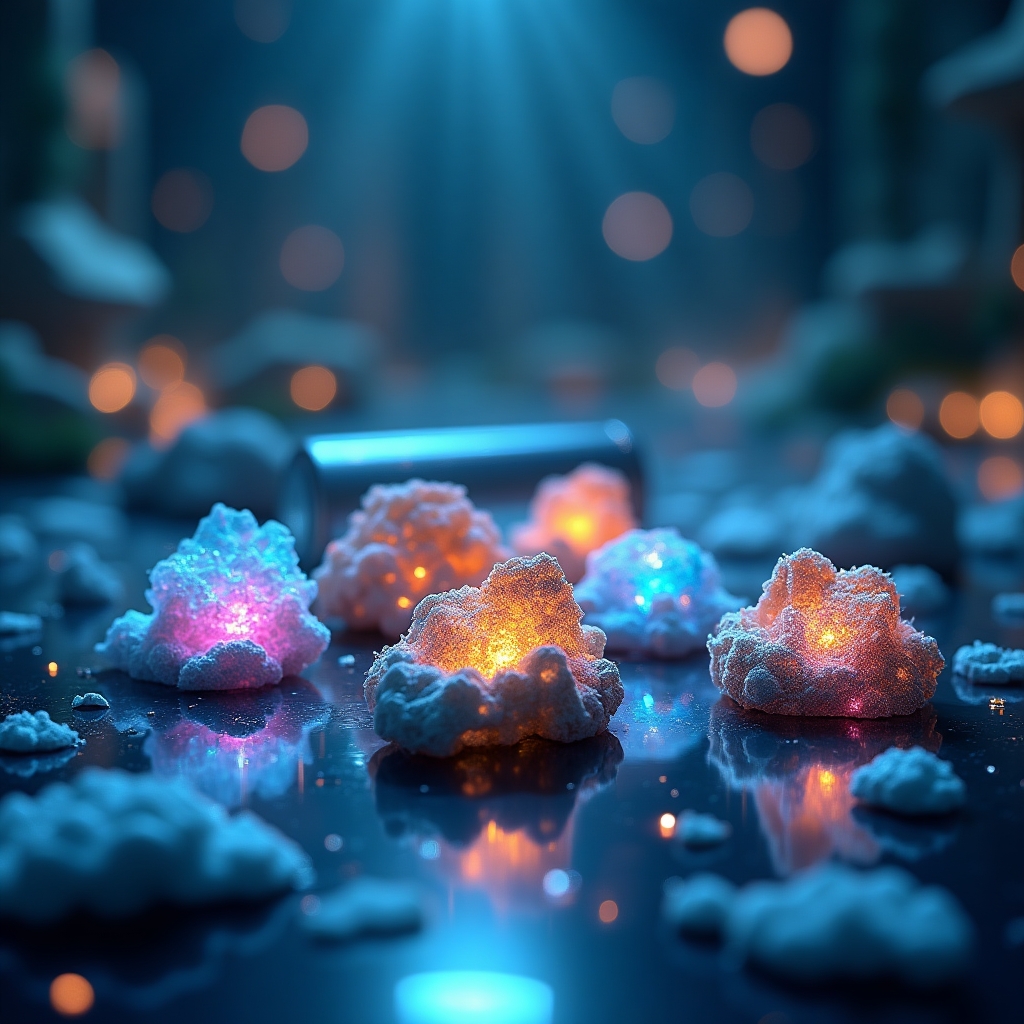
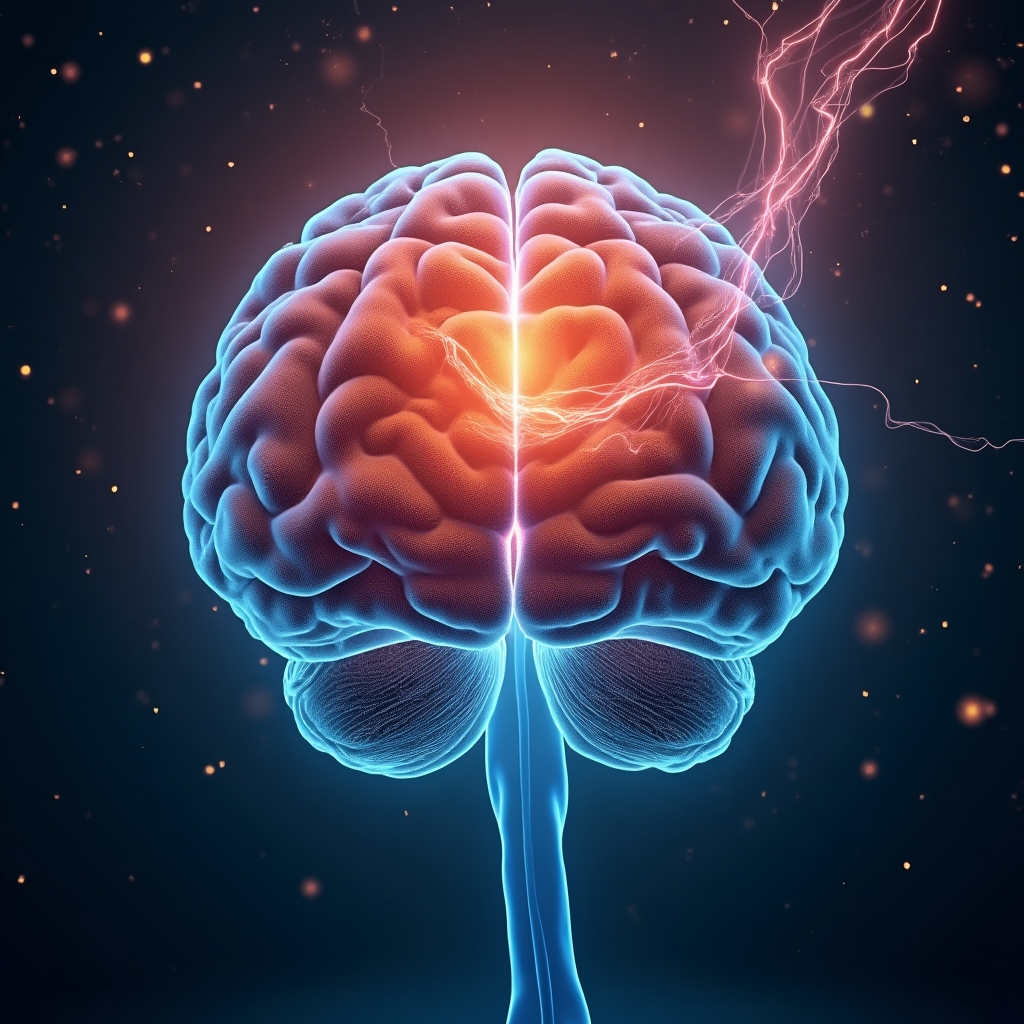















Post Comment
You must be logged in to post a comment.